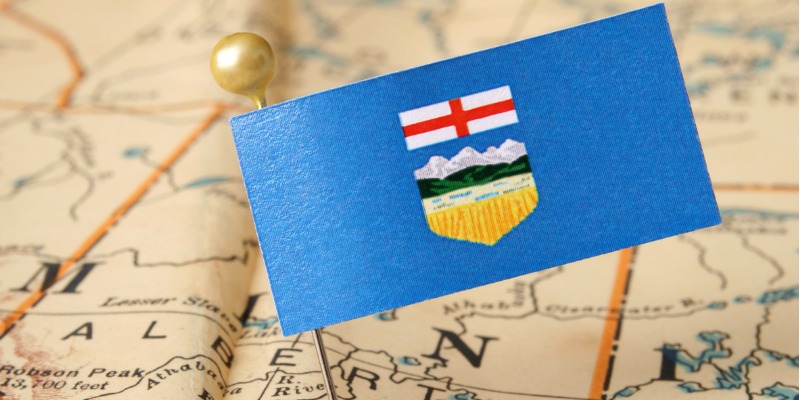Single-rate personal income tax critical to restoring Alberta Advantage

Premier Jason Kenney recently said Alberta may return to a single-rate personal income tax, which would help repair the province’s lost tax advantage and attract entrepreneurs, businesses and investment. Despite appearances, a single-rate tax is more fiscally feasible than one might think.
Less than a decade ago, Alberta had a powerful tax advantage in North America premised on the understanding that low taxes encourage entrepreneurs, businessowners and workers. At that time, Alberta had a 10 per cent single-rate personal tax rate, a 10 per cent business income tax rate, and the lowest top statutory combined (federal and provincial/state) personal income tax and business income tax rate of any Canadian province or U.S. state as recently as 2014. This made Alberta a very attractive place to work and invest.
In 2015, however, the new provincial government dealt a crushing blow to Alberta’s tax advantage. It raised the business income tax rate to 12 per cent and replaced the single-rate personal income tax of 10 per cent with five tiers that include a top rate of 15 per cent (increasing the top rate by 50 per cent).
Recognizing the importance of low tax rates for economic growth and job creation, and despite a provincial deficit, the Kenney government reduced the business income tax rate to 8 per cent, regaining part of Alberta’s lost advantage and undoing some of the damage caused by the previous government.
Returning to a single personal income tax rate is the next logical step to restoring a pro-economic growth tax environment. Again, doing so would improve incentives for people to work, save, invest and engage in entrepreneurial activities—all of which contribute to economic growth. And faster-growing economies yield higher tax revenues for the provincial government. As a result, a return to Alberta’s single rate personal income tax system would likely be much less costly than one may think.
Indeed, according to a recent study, the gradual return (over four years) to a 10 per cent tax rate would lead to a revenue loss for of only $16 million in the first year (2022/23), which roughly represents a 0.1 per cent decline in projected personal income tax revenue that year. The revenue loss would rise to $1.36 billion by 2025/26 when the tax rate fully returned to 10 per cent, representing a roughly 9 per cent reduction in projected personal income tax revenue that year.
Put simply, the revenue loss would likely be relatively modest in light of the positive economic benefits the tax reduction could bring.
And the Kenney government shouldn’t be shy about pushing personal income tax rate reductions further. One study found that to truly restore Alberta’s tax advantage—given federal, provincial and U.S. tax policy changes—the province should adopt a 6 per cent personal and business income tax rate. At a minimum, setting the personal income tax rate to 8 per cent to match the new business tax rate would allow for a more integrated system of personal and business taxes, reducing tax complexity, administration and compliance costs for individuals and businesses.
The Kenney government has made progress in restoring Alberta’s tax advantage by lowering the business income tax rate, but the job isn’t done. Returning to a single personal income tax rate is the logical—and feasible—next step to support strong economic growth in Alberta during the COVID recovery and beyond.


